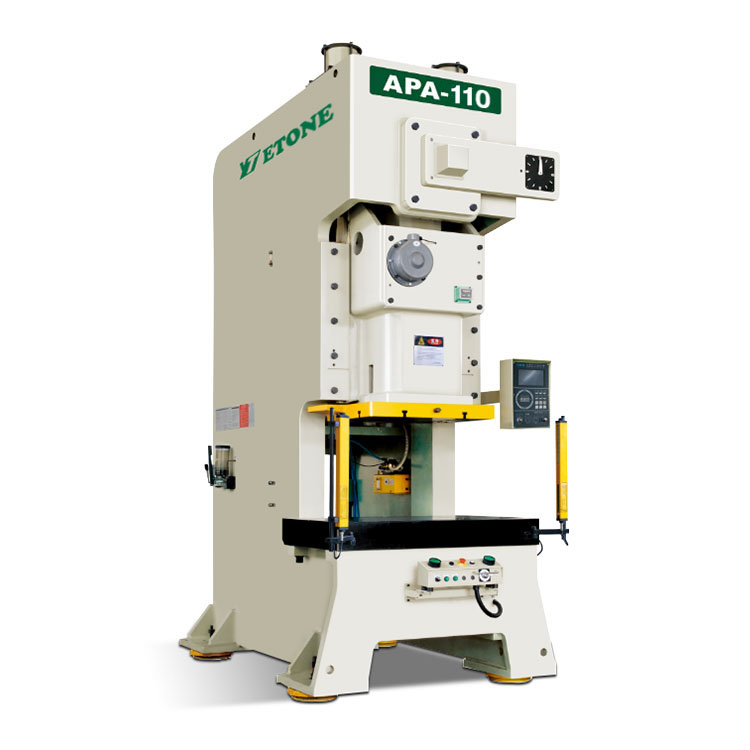What Are The Most Common Mechanical Power Press Applications In Automotive Industry
2025-08-29
For decades, the automotive industry has relied on the immense power and precision of the Mechanical Power Press to shape its very foundation. From the heaviest chassis components to the smallest brackets, these workhorses are indispensable in mass production. But where exactly are they used, and what should you look for in a press for automotive applications? As an expert with over 20 years in industrial machinery, I’ll break down the critical uses and how ETONE’s engineering excels in this demanding field.
The most common applications for a Mechanical Power Press in auto manufacturing include:
-
Stamping Body Panels: Forming doors, hoods, roofs, and quarter panels requires high tonnage and consistent precision, which our ETONE ETP-Series presses provide with exceptional accuracy.
-
Blankting: This is the first step where sheet metal is cut into flat shapes or "blanks" before forming. It demands sharp, shock-resistant tooling and a rigid press frame.
-
Piercing and Notching: Precisely punching holes for wiring, screws, and other components is a repetitive task perfect for the reliability of a mechanical press.
-
Forming Brackets and Reinforcements: Creating these essential structural components requires a press with adjustable stroke and shut-height for versatile production runs.
For automotive giants, downtime is not an option. That’s why ETONE builds its Mechanical Power Press systems with ruggedness and intelligence. Key parameters for our flagship ETP-200 model include:
| Parameter | Specification | Benefit for Auto Production |
|---|---|---|
| Capacity | 200 to 2000 Tons | Handles everything from small brackets to large body panels. |
| Stroke Length | Adjustable, up to 300mm | Offers flexibility for deep-draw forming and various tooling setups. |
| Speed (SPM) | 20 - 60 Strokes Per Minute | Optimizes cycle times for high-volume production requirements. |
| Safety Standard | SIL 3, Category 4 | Ensures ultimate operator protection in busy, automated environments. |
FAQ Common Questions
What tonnage Mechanical Power Press is needed for automotive parts
Tonnage requirements vary drastically. Forming a small bracket might require a 200-ton press, while stamping a full roof panel could demand 1000 tons or more. A detailed analysis of the part material and size is essential.
How does a Mechanical Power Press improve production efficiency
Its high cyclical speed and consistent stroke provide unmatched output rates for high-volume runs. Modern presses with automated feeds and quick-die-change systems, like those from ETONE, further minimize downtime between jobs.
What maintenance does a Mechanical Power Press require
Regular inspection of clutches, brakes, and gears is crucial. Following a preventive maintenance schedule, as outlined in ETONE’s comprehensive manuals, ensures longevity, safety, and consistent performance.
The right Mechanical Power Press is a cornerstone of automotive manufacturing efficiency. ETONE’s robust and technologically advanced presses are engineered to meet the extreme demands of this industry. Contact us today to discuss your specific application needs and let our experts provide a tailored solution that drives your production forward.



